General
Honey bees are social insects. Genetics and behaviour of social groups are far more complex than that of individual organisms. In the bee colony, mutual influence between members of the colony must be considered alongside behaviour and genotype. To make matters more difficult, two generations (queen and workers) of honey bees interact, and the queen mates with multiple drones. It follows that there are colonies of several genetically different half-sibling groups (patrilines). The department of breeding and behaviour focuses on the behaviour and characteristics of individual bees or bee colonies that are associated with disease resistance, performance and adaptation to extreme environmental conditions. The research projects are expected to contribute either directly or indirectly to the preservation of genetic diversity within bee races. Within the scope of our possibilities, we are happy to meet the increasing demand for the application of methods developed here for the preservation of endangered bee races in other countries.
Technical facilities of the department for breeding and behaviour
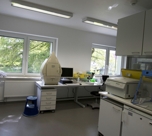 |
State-of-the-art molecular genetics laboratory | |
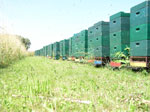 |
Performance test of bee colonies | |
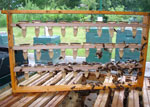 |
Rearing bee queens | |
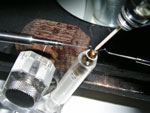 |
Insemination of bee queens | |
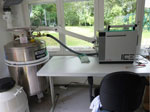 |
Cryogenic laboratory for the study of the long-term conservation of bee semen | |
 |
"Fragrance organ" for testing olfactory capabilities of bees using the proboscis extension reflex | |
 |
Infrared observation unit for long-term observations of bees in the natural darkness of a beehive | |
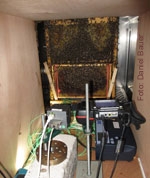 |
Infrared camera for the observation of thermoregulation in the bee colony | |
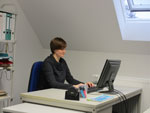 |
Workstations with access to the supercomputers at the Humboldt-Universität zu Berlin |
|
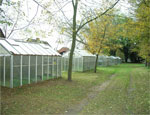 |
Special greenhouses for the observation and separate keeping of small colonies | |
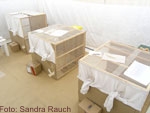 |
Bee flight room to carry out experiments with bees in winter |

